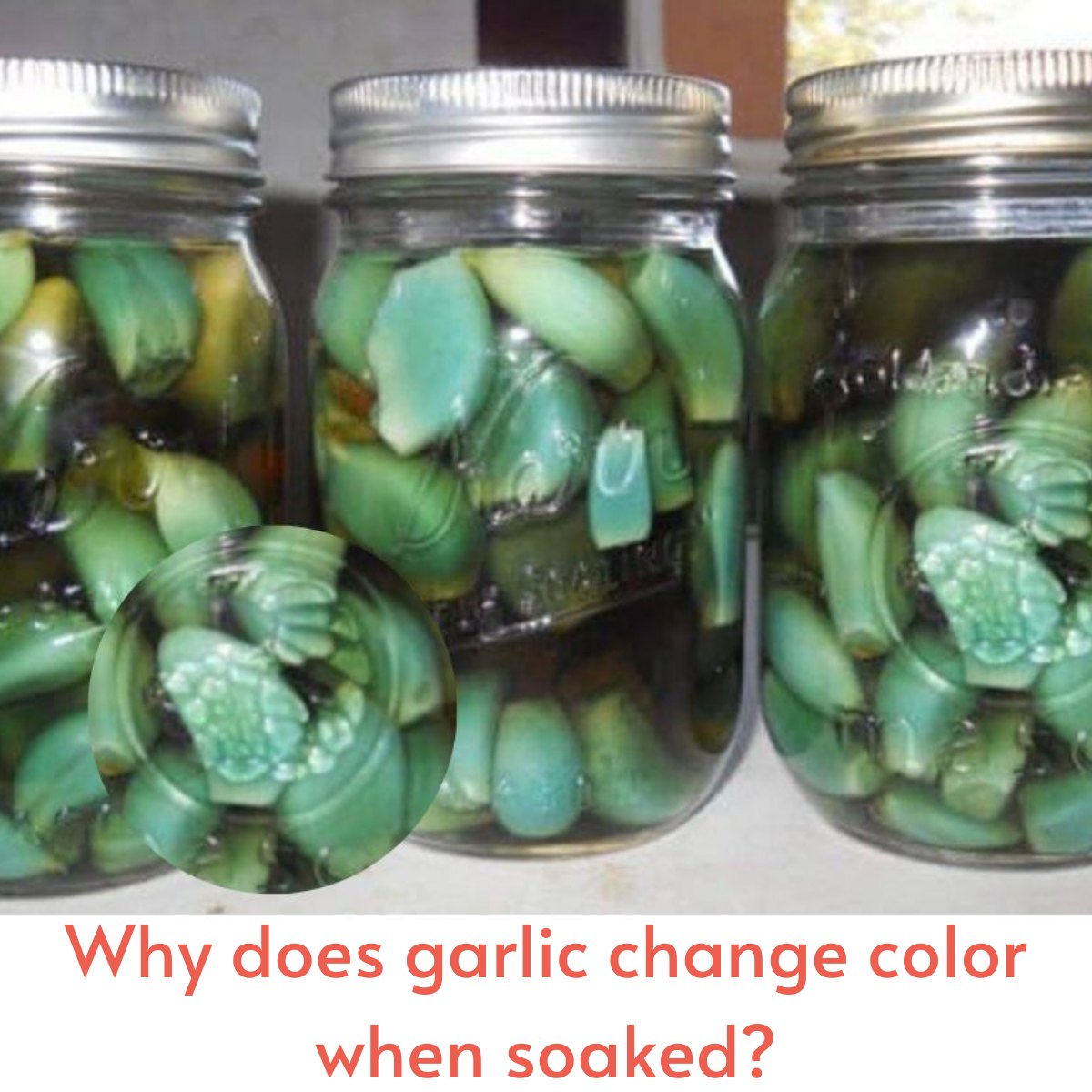Soaked garlic, also known as fermented or black garlic, boasts a myriad of health advantages thanks to its unique processing technique. Unlike raw garlic, which can be pungent and intense, soaked garlic undergoes a slow fermentation process that alters its composition, making it milder and more palatable while retaining its nutritional potency. One of the key benefits of soaked garlic is its enhanced antioxidant properties, which can help combat oxidative stress and reduce the risk of chronic diseases like cancer and heart disease. Additionally, the fermentation process increases the bioavailability of nutrients in soaked garlic, making it easier for the body to absorb essential vitamins and minerals. This gentle-on-the-stomach form of garlic is also known for its immune-boosting abilities, cardiovascular support, anti-inflammatory effects, and digestive comfort, making it a valuable addition to a health-conscious diet. Whether incorporated into culinary creations or consumed raw, soaked garlic offers a flavorful and health-promoting option for individuals seeking to improve their overall well-being.
So do you know why does garlic change colour when get soaked?

The answer is when garlic is soaked or undergoes fermentation processes like those used to produce soaked or black garlic, its color changes due to specific chemical reactions. The main factors responsible for this color transformation are the Maillard reaction and enzymatic browning.
The Maillard reaction occurs when amino acids and sugars react at elevated temperatures, leading to the browning of food items. In the case of soaked garlic, the controlled fermentation process triggers this reaction, causing the cloves to develop a dark color ranging from brown to black. This reaction not only alters the appearance but also contributes to the unique flavor and aroma of soaked garlic.
Enzymatic browning is another significant process contributing to the color change in garlic. Certain enzymes present in garlic, such as alliinase, interact with oxygen during soaking or fermentation, leading to enzymatic reactions that produce pigments and darken the garlic’s color further.
As garlic undergoes soaking or fermentation, its chemical composition undergoes transformations, breaking down complex compounds into simpler ones. This not only changes the color but also affects the taste, texture, and nutritional content of the garlic. The resulting soaked garlic is typically milder, sweeter, and less pungent than raw garlic, making it a preferred ingredient in various culinary preparations.












